Big families often have small clothing budgets. No parent wants to send his or her child off wearing clothes that are falling apart, but dressing a large family on such a small budget can seem impossible if you do not know how to do it. Knowing where and when to shop can greatly reduce the overall cost of clothing, however, and families on an especially tight budget may also wish to consider shopping alternatives that cut this cost down even more.
Steps
Shopping Alternatives
-
Use hand-me-downs. One advantage of a big family is that, odds are, some of the younger children can wear clothes that the older children have outgrown.

- Make sure that the clothes you hand down from one child to the next are in good condition and do not have any stains or holes.
- Start this process while your kids are still young. Teens and older kids are more likely to balk at the notion of wearing someone else’s clothes instead of getting their own, but if they grew up on the practice, they mind find it more bearable.
-
Ask family and friends for old clothes. A friend with a son who is older than your eldest might be willing to give you a few clothes her child has outgrown. Similarly, a sister who shares your clothing size might be willing to give you a few garments she has decided to clear out of her closet.
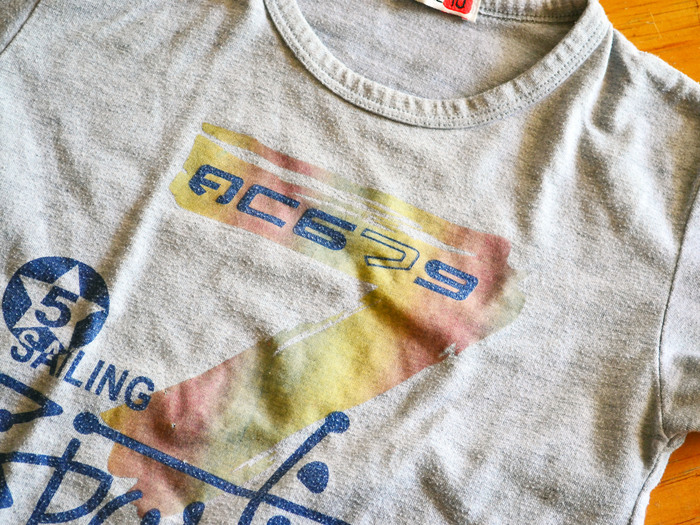
-
Attend a clothing swap. A clothing swap is an organized event where parents bring their children's gently used clothing and swap it with others for what they need. Search the Internet or newspapers for clothing swaps in your area, or consider organizing one on your own.
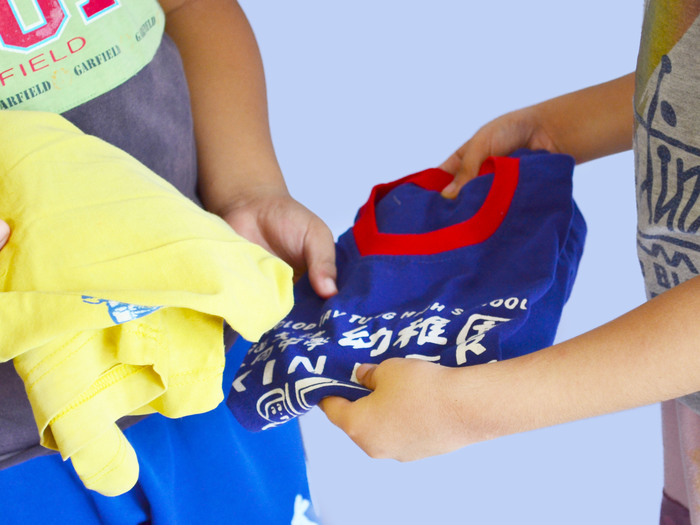
-
Give new life to an old garment by decorating it. If your kids are resistant to hand-me-downs, make it their own by decorating it to their tastes. Change the buttons out on a blouse, or decorate a pair of jeans with fabric paint or fun iron-on patches.
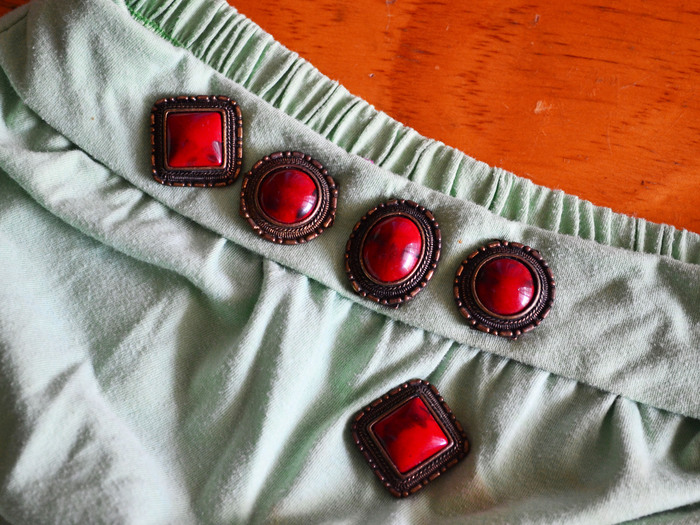
-
Repair clothes with minor imperfections. A loose button, fallen hem, or ripped stitch can be repaired with novice sewing abilities. You may be able to cover larger tears and stains with decorative iron-on patches or fabric paint, but be reasonable. Make sure your kids are still at an age where decorative patches are considered “cool” instead of embarrassing.
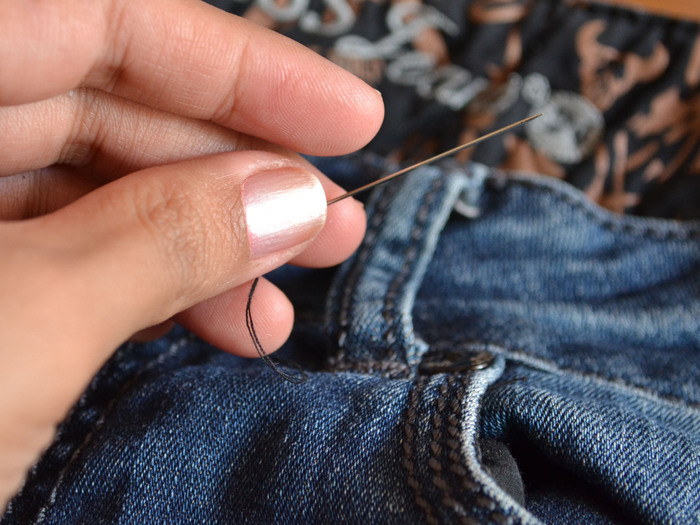
-
Make your own clothing. If you really feel confident in your sewing abilities, try making clothes for yourself and your family. Patterns and fabrics may come cheaper than clothes themselves. If your sewing abilities are not quite strong enough, try investing in a sewing class to strength your skills and open this option up to you.
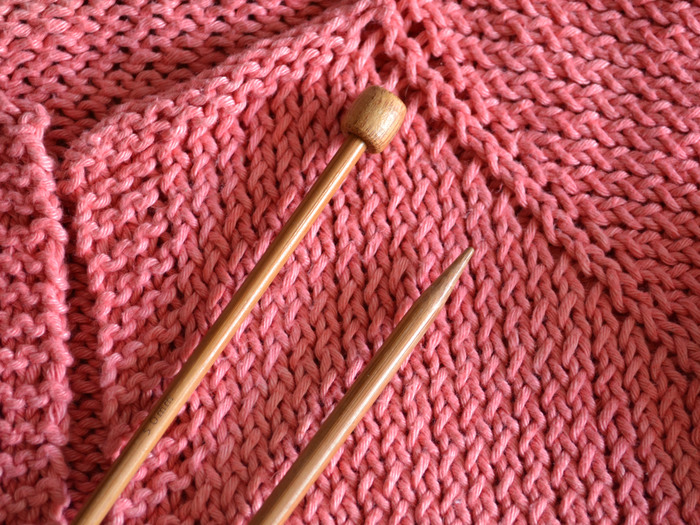
What to Buy
-
Take inventory of your family's clothing.
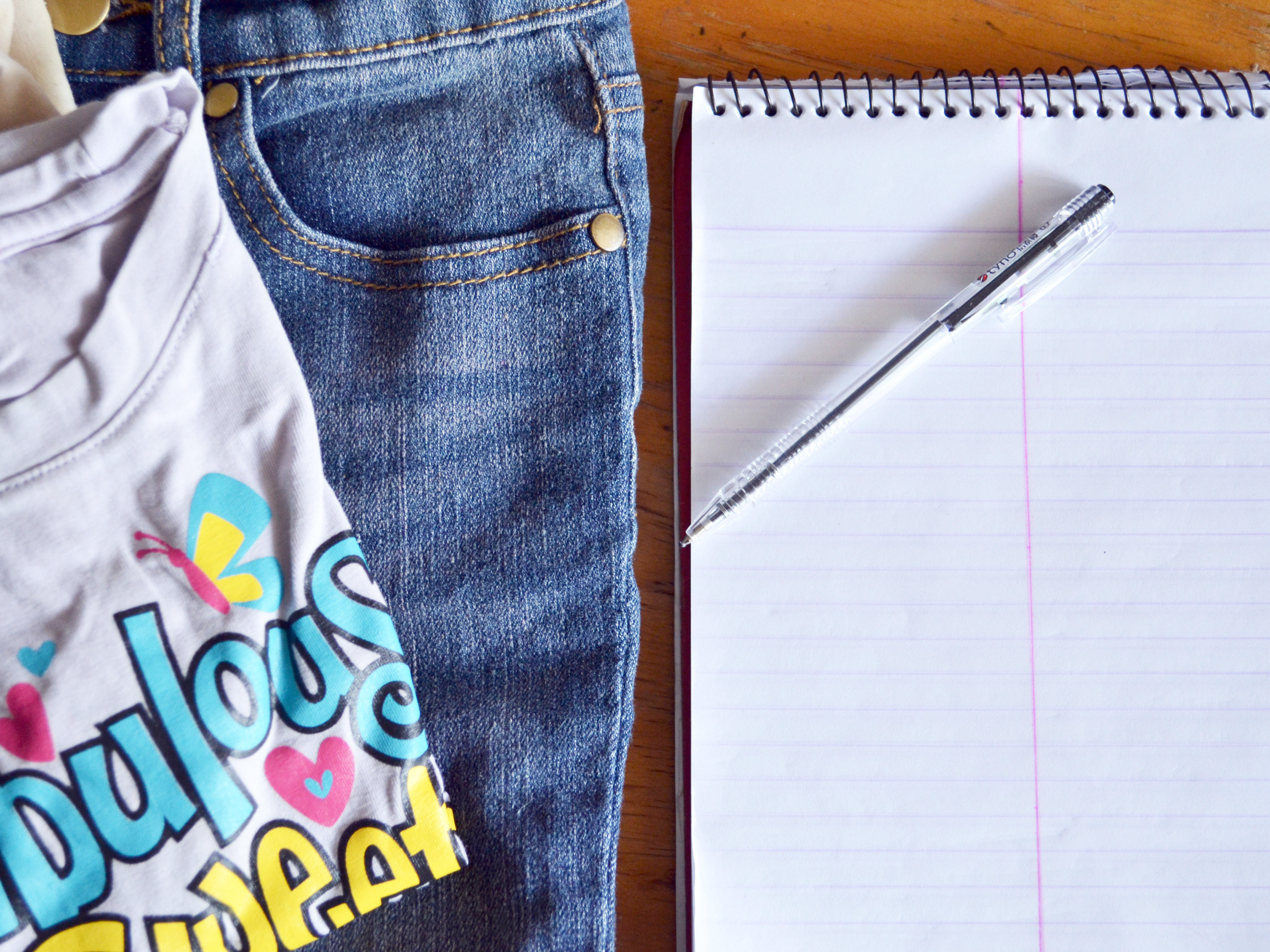
- Each season, dig through closets and dressers to take a look at who needs what.
- Have your kids try on each of their clothes to determine which fit and which do not.
- Make a list of what each child has, as well as a list of what each child needs. Also follow this process for you and your spouse.
-
Set a budget. Determine an overall budget and a budget per child. Kids who need more clothes should consume a larger part of your budget than kids who already have most of what they need.
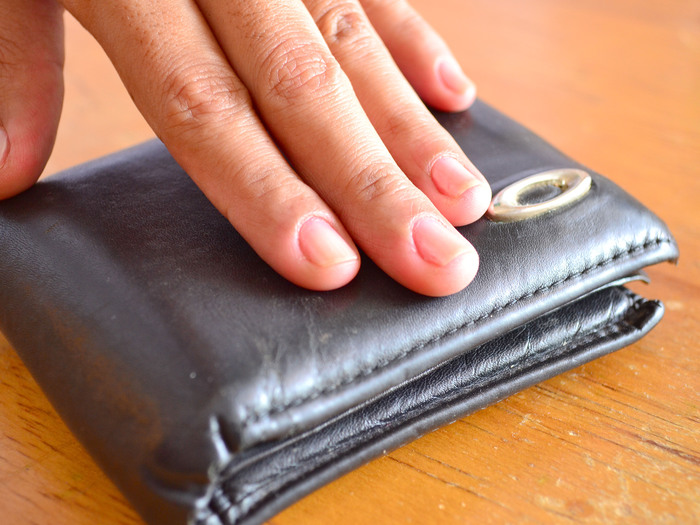
-
Get the essentials. Make sure each child has one or two pairs of pajamas, several sets of nice clothing, and several sets of "play" clothes that can get a little dirty.
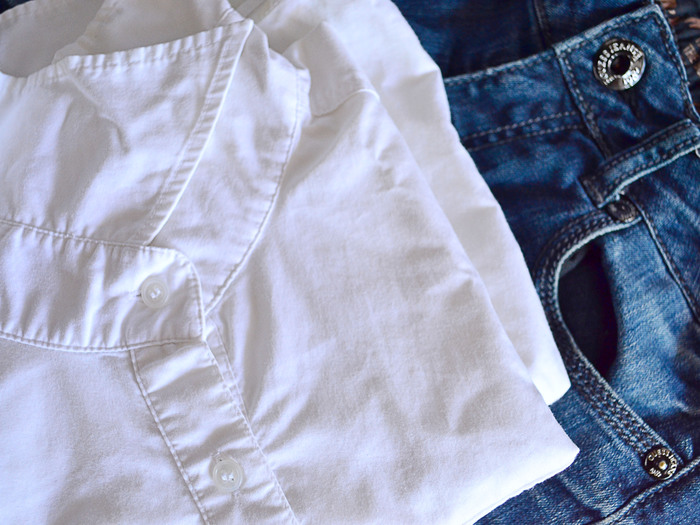
-
Stock up on staples. Look for classic pieces like jeans, plain t-shirts, and standard dress clothes. Spend the majority of your family’s clothing budget on these basics.

-
Limit "trendy" clothing. Neon orange polka dots might be in one season, but in a few years, the fad will likely be long gone. As a result, any clothing you bought will also be dated and embarrassing to wear, making it difficult to hand down. Get mileage out of your family’s clothes by limiting the amount of fads you adhere to.
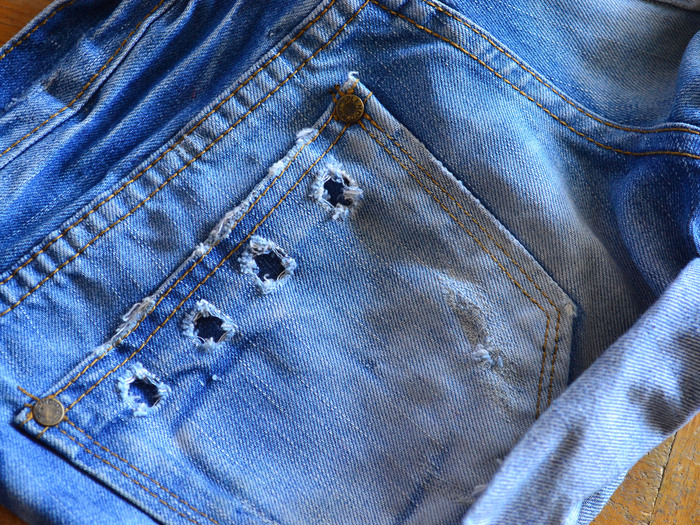
-
Forget the label. Designer jeans and shoes are largely unnecessary, no matter how much your teen argues otherwise.
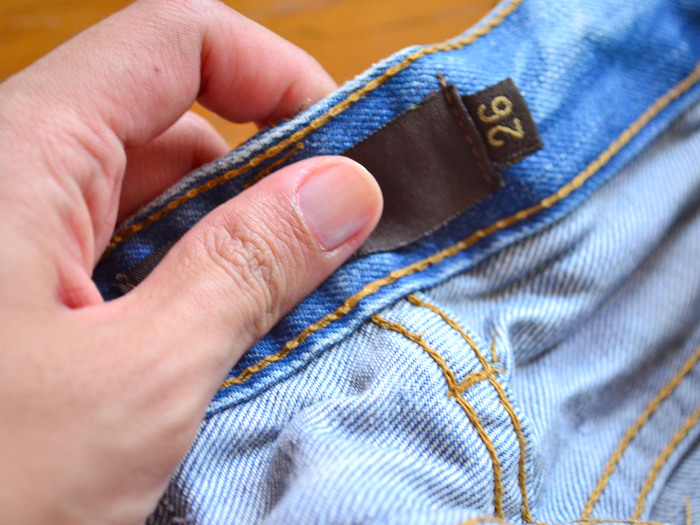
-
Take care of yourself. Your kids are important, but that does not mean you or your spouse should neglect your own wardrobes. Keep things reasonable and only buy what you really need, but don’t feel bad about caving in and purchasing a new pair of jeans or a nice blouse when you find yourself needing it.

Where to Shop
-
Try secondhand stores and thrift shops. You may have to dig through the racks to find what you need, but once you do find the right pieces, you can count on them costing a fraction of the price you would pay buying them new.

-
Look at garage sales and flea markets. These options may be scarce during the colder months, but once the weather warms up, you can take advantage of them a little more easily. Check the newspaper for flea market ads or keep your eyes peeled for signs pointing to a garage sale as you do your daily drive.
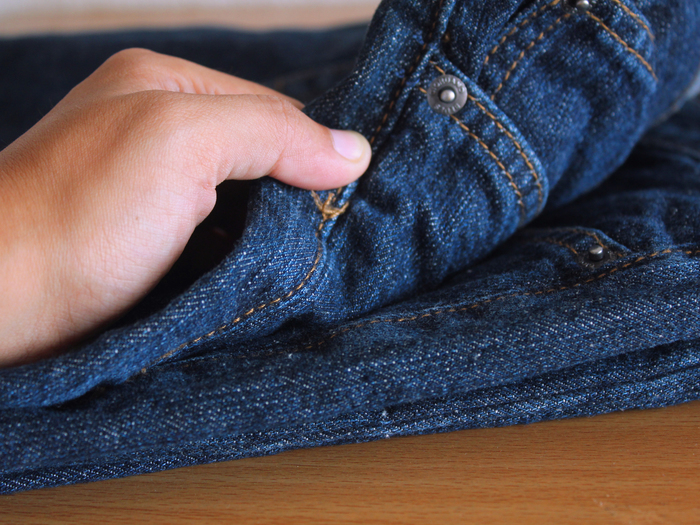
-
Consider a discount store or factory outlet. These stores often sell discounted clothing with minor vanity imperfections. As a result, they are especially good options for “hidden” garments like socks and underwear. Avoid these shops for tops and bottoms, however, since vanity imperfections are a little more obvious on these sorts of garments.
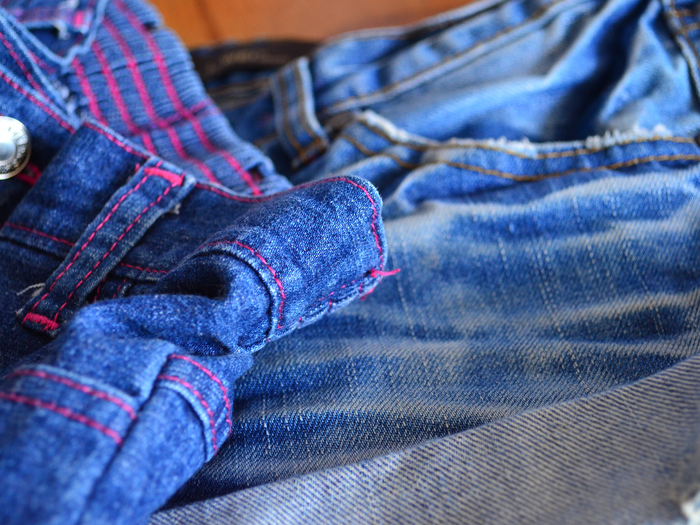
-
Shop online. Online auction websites, wholesale clothing retailers, and online shops often sell decent clothes at lower prices than what you might find in stores. Only buy from reputable sellers and watch your shipping costs. In some instances, high shipping costs can bring the price of clothing up to the cost of store-bought pieces, if not higher.

-
Compare department store prices. In general, department stores tend to be a little costlier and might be more difficult to afford if you have a large family. Some department stores have less expensive clothing than others, though. Before you rule them all out, get a broad idea of how pricey each individual store tends to be.
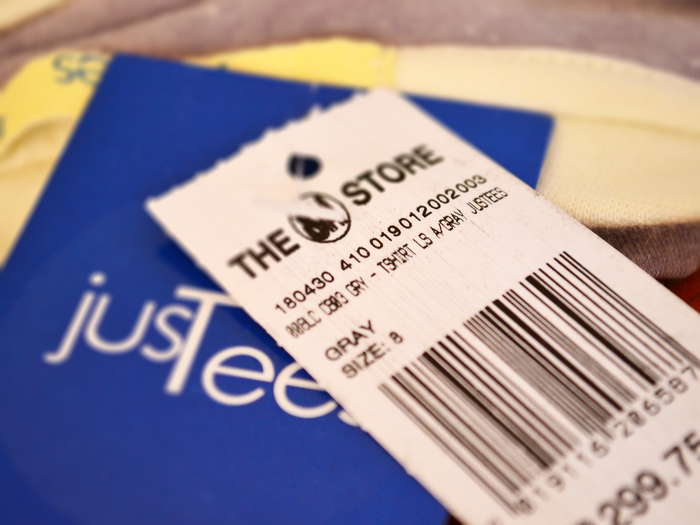
-
Look for stores that offer frequent buyer perks. Stores that offer free credit cards can quickly get you into debt if you are not careful, but many stores offer email subscriptions, frequent buyer punch cards, or similar perks without forcing you to sign up for a store credit card. These subscriptions typically provide you with coupons and news about sales, and punch cards usually offer you a certain percentage off your purchase once you reach a set number of punches.

-
Check out fabric stores if you decide to make your own clothing. Craft stores and fabric stores offer a wide selection of fabrics for a variety of purposes. Check the stores' clearance and sale sections before moving into non-sale items.

When to Shop
-
Look for sales. Monitor the stores you frequent for news about sales and clearances. Check their websites for the latest information. Also sort through your junk mail and newspaper advertisements for news about sales at stores you do not monitor.

-
Shop off-season. As the weather warms up, winter clothes go on sale. Likewise, as temperatures cool, swimsuits and other summer clothes are put on clearance. Check the shelves toward the end of each season to gather clothes for next year.

-
Stock up on fabric when it comes on clearance. Light fabric is usually on sale during the fall and heavy fabric is on sale during the spring.

-
Try to anticipate your family’s needs in advance. This can be difficult if your kids are actively growing, but try to predict what your family may need and plan accordingly. Instead of waiting until the last minute to buy your daughter a new blouse, start looking for the item before she desperately needs it. Begin shopping for garments while the old ones are worn but still in “working condition.”
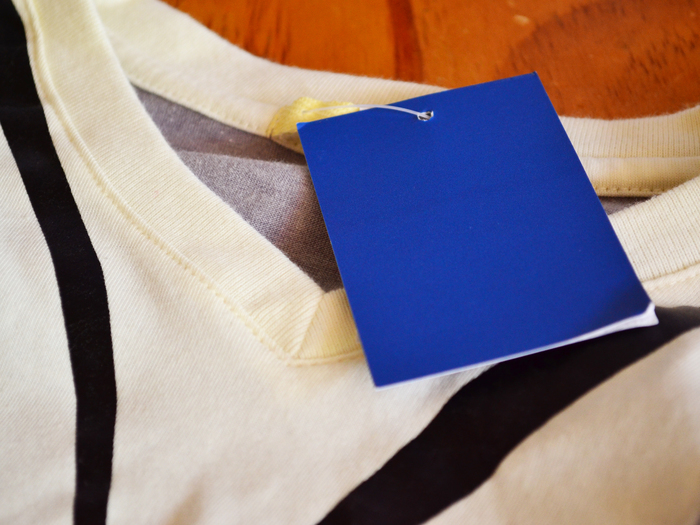
-
Buy when you need it. Sometimes, predicting needs in advance and waiting for sales are not viable options. If you, your spouse, or your kids are in immediate need of a particular garment, do what you can to find that garment at the best bargain possible. If not bargains are available, grit your teeth and pay full price, knowing that you will have to adjust your budget to make up the difference later.

Tips
- Only buy clothes your family will wear. If your child strongly protests against the way a particular garment looks or feels, odds are, he or she will not wear it even if you buy it on sale.
Things You’ll Need
- Sewing supplies
- Frequent buyer punch cards
- Old clothing
- http://blogs.babycenter.com/mom_stories/how-to-dress-a-large-family-on-the-cheap/
- http://family.go.com/parenting/pkg-back-to-school/article-746204-back-to-school-clothes-t/
- http://raisingolives.com/2012/01/managing-clothes-for-large-family-moms/
- http://www.themorristribe.com/2011/05/09/how-to-dress-your-kids-for-less/